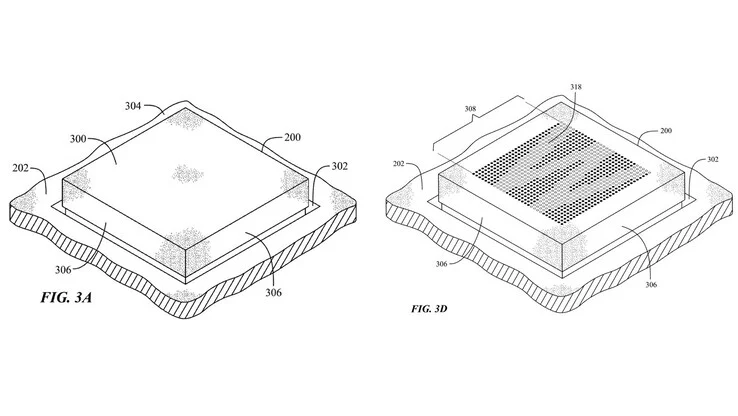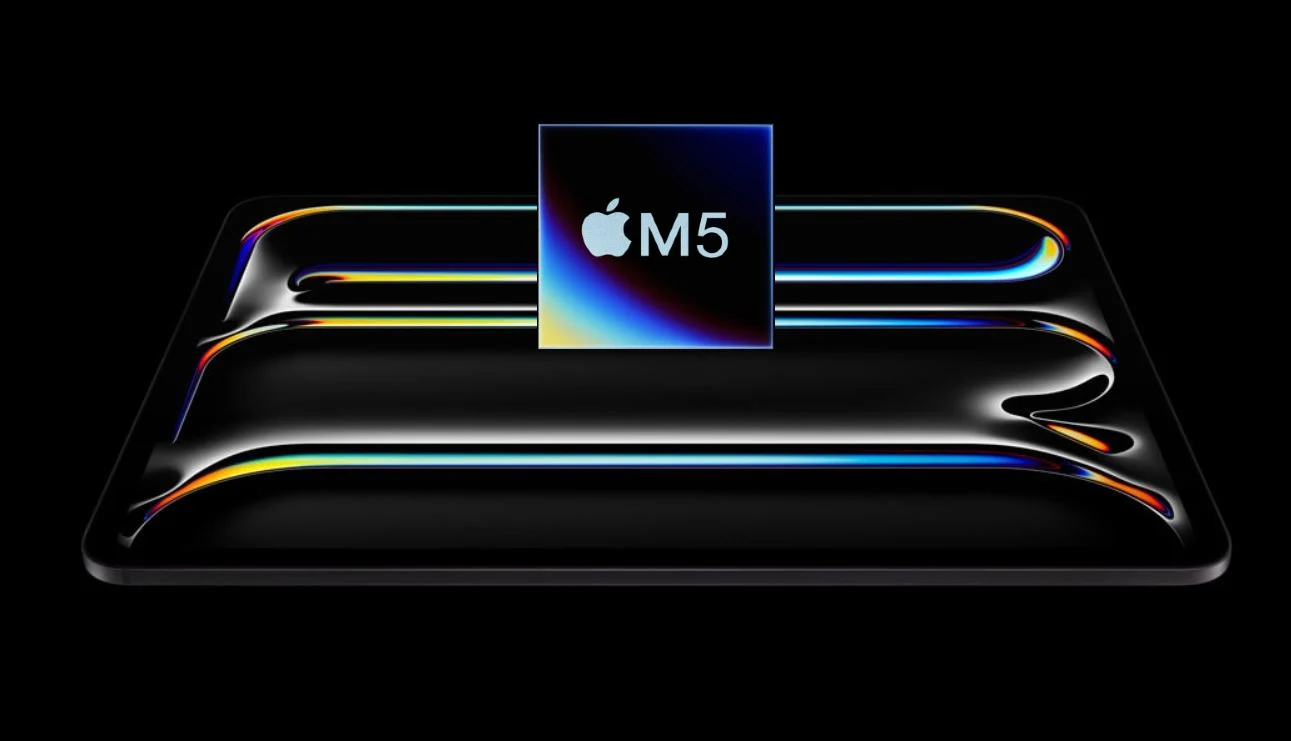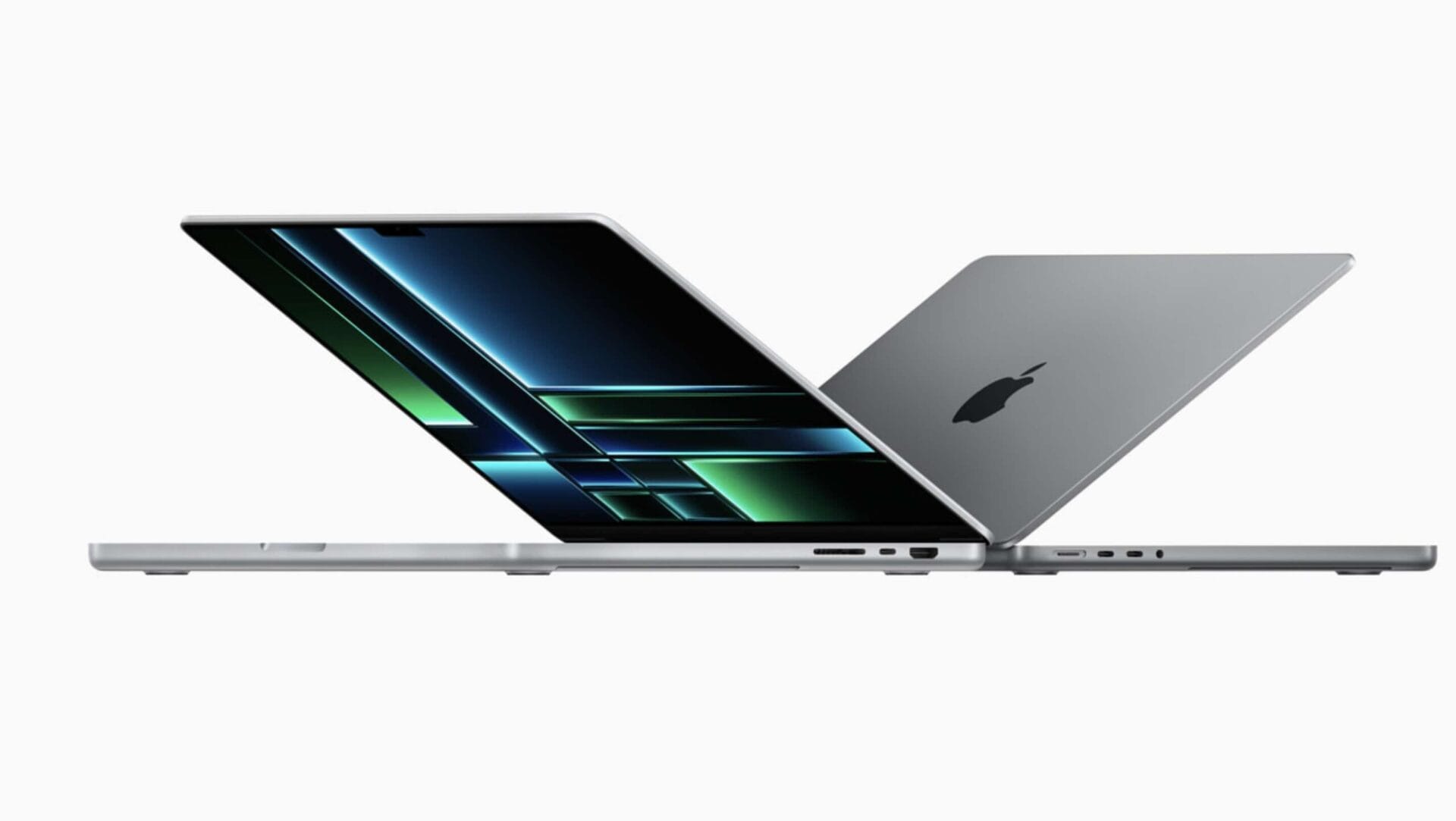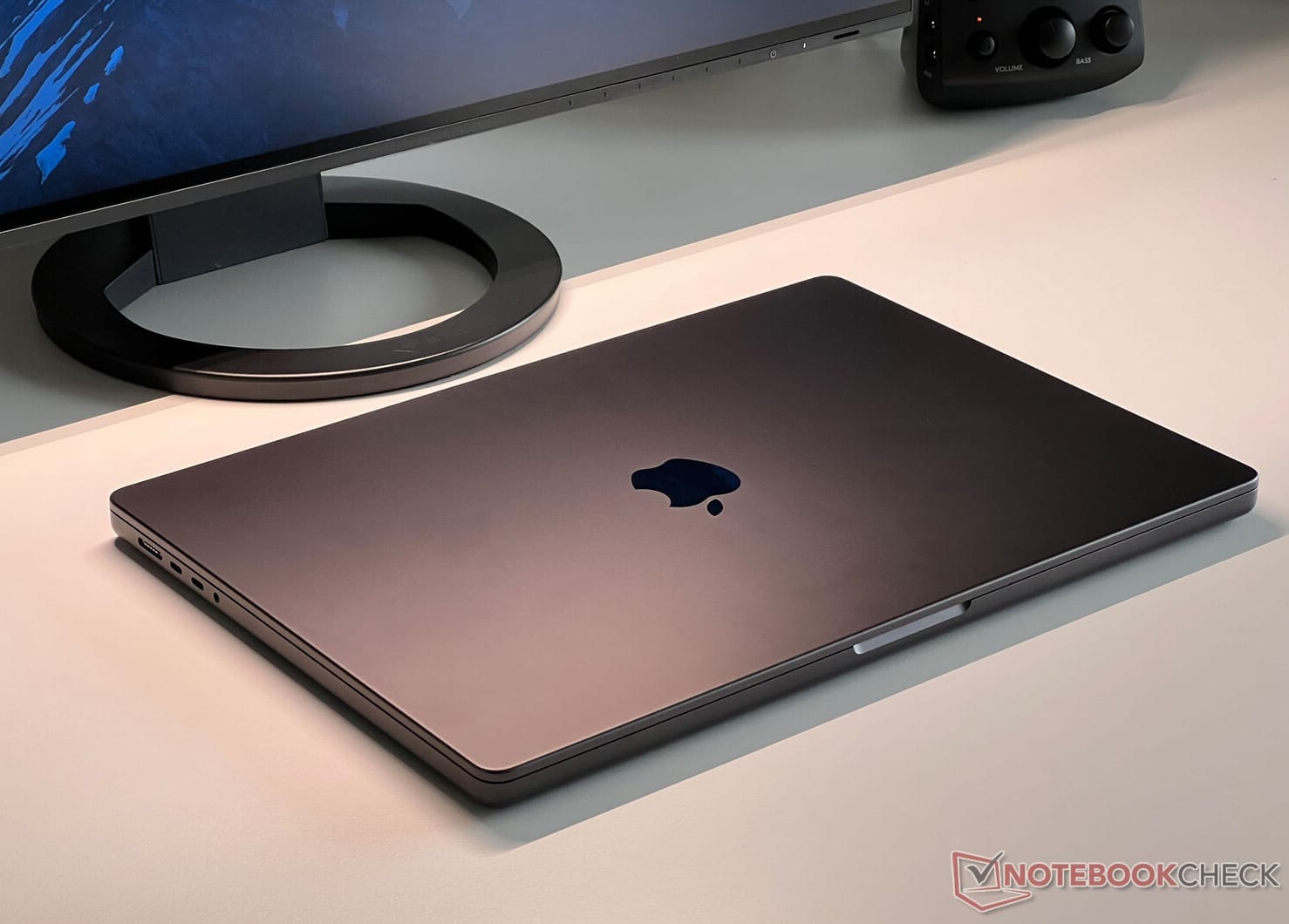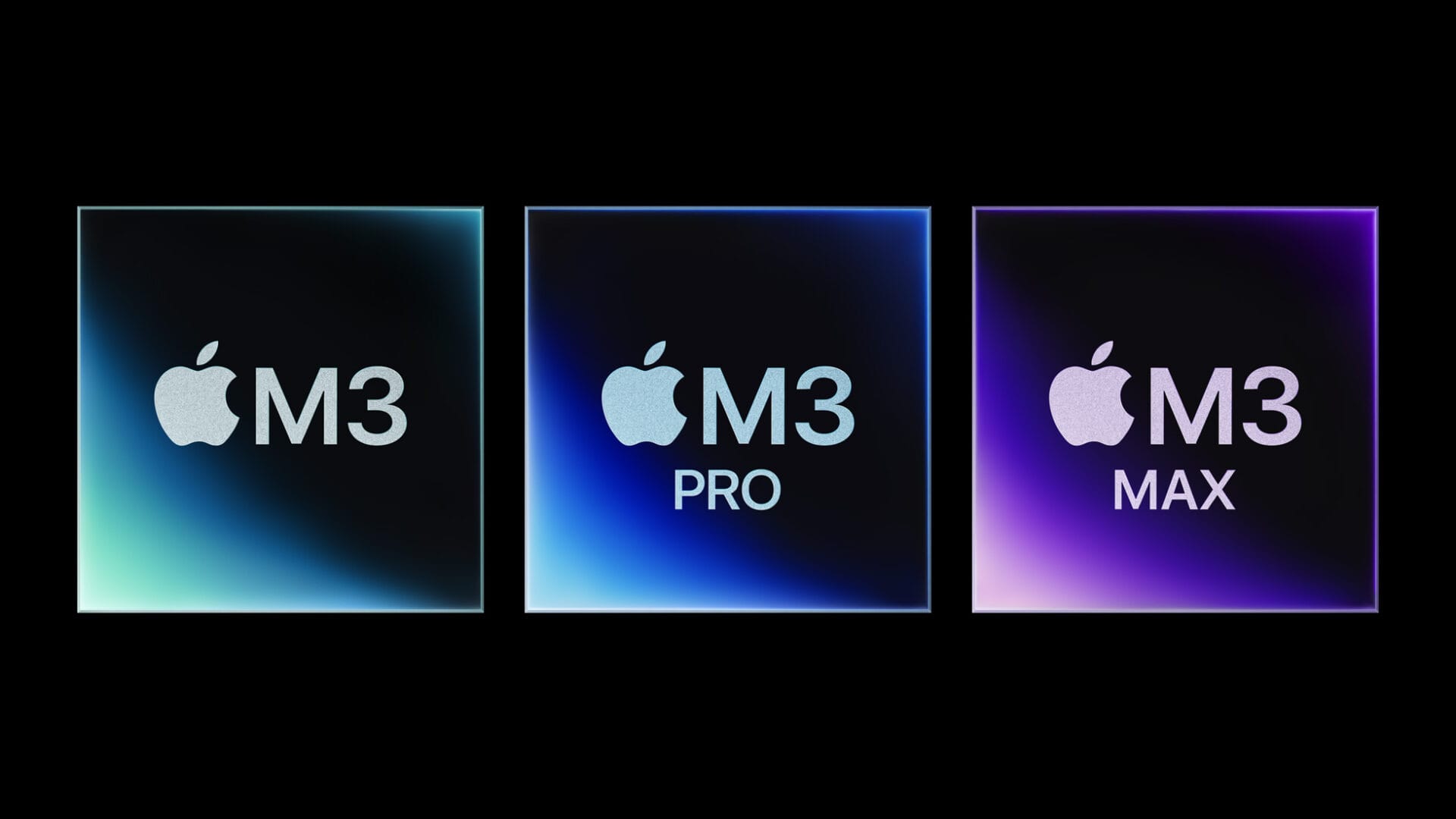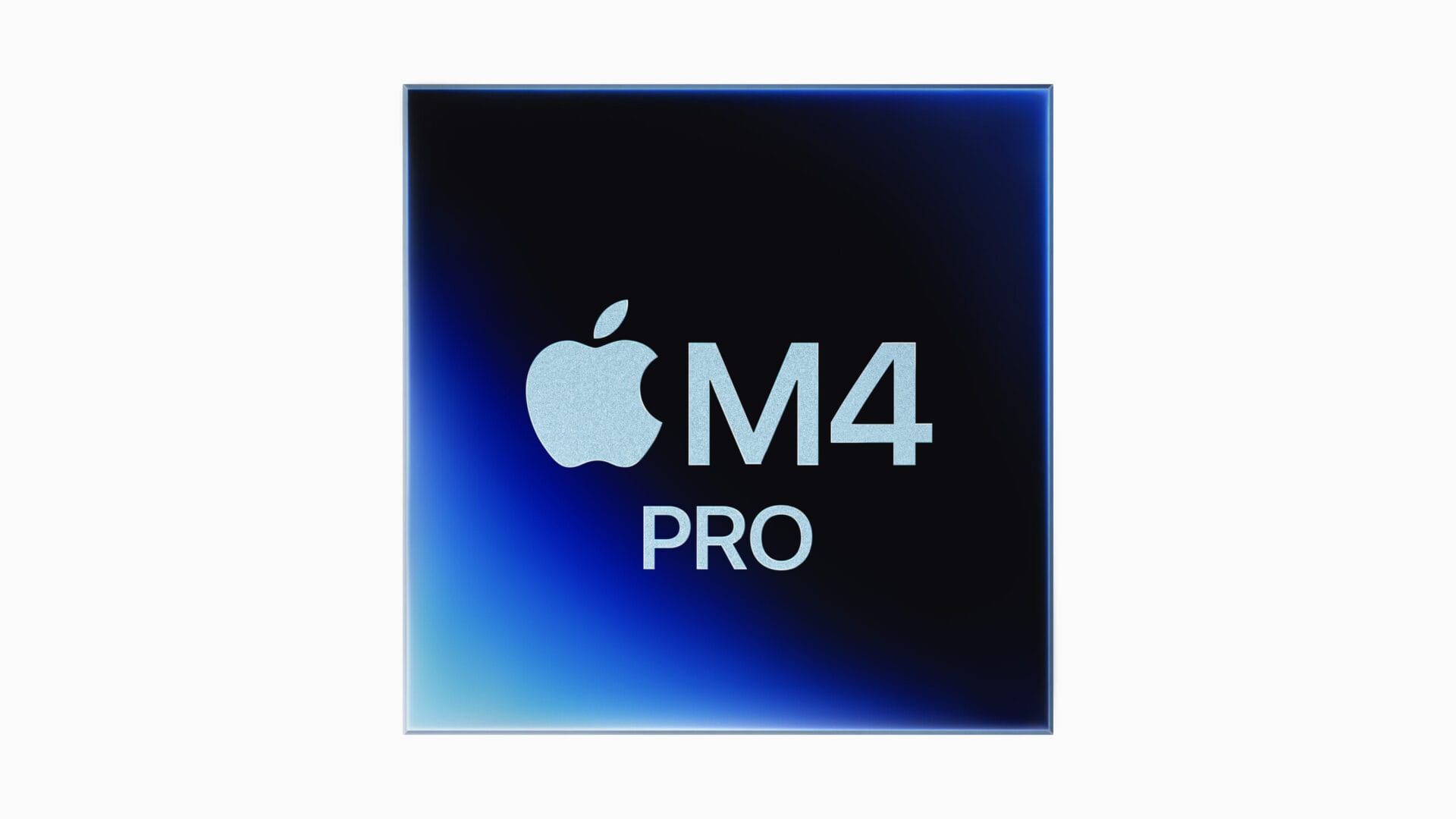Key Takeaways
1. Apple has faced challenges with keyboard technologies, particularly the unreliable butterfly keyboard that cannot have keys replaced individually.
2. The company is exploring innovative designs, including a touchscreen keyboard and a new patent for dynamic keyboards featuring LEDs for each key.
3. The new keyboard design aims to improve functionality without significantly increasing power consumption by eliminating the need for traditional LED backlights.
4. The keys are made from aluminum and use a traditional scissor switch mechanism, with mini-LEDs for high-resolution symbols.
5. Users may gain more customization options, such as switching between regional layouts, but the visibility of the key legends in bright sunlight remains uncertain.
From the not-so-popular Touch Bar to the finicky butterfly keyboard, Apple has had a tough time creating successful new keyboard technologies over the last ten years. The butterfly keyboard, for example, is not only unreliable but also has keys and switches that can’t be replaced on their own. Still, this hasn’t held back the tech giant from pursuing new ideas to enhance the keyboards in their MacBook Pro or MacBook Air models (around $912 on Amazon).
New Innovations in Keyboard Design
Apple has previously looked into a touchscreen keyboard, which could greatly affect battery life, whether each key has a small display or if the entire keyboard is one large touch panel. Recently, AppleInsider discovered a new patent from Apple that outlines another intriguing solution for dynamic keyboards. Instead of utilizing a display, this new design incorporates several LEDs for each key to show the needed symbols.
Improved Functionality Without Extra Power
Since this innovative design would make the LED backlights, used in all current MacBook keyboards, unnecessary, it shouldn’t lead to a major increase in power consumption. The keys themselves are crafted from aluminum, featuring traditional switches with a scissor mechanism. To light up the keys, mini-LEDs are employed to provide a high resolution, ensuring that the symbols are easily readable.
This approach could give users far more freedom to customize their keyboard layouts. For example, they might be able to switch between different regional layouts simply by hitting a button. However, it remains unclear if these LEDs would be bright enough to keep the key legends visible in bright sunlight. Like many patents, this idea doesn’t guarantee that Apple is planning to launch a laptop with this specific keyboard design.
Source:
Link
